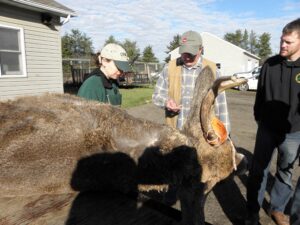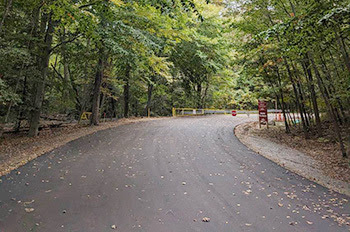Checking for CWD in the northwestern Lower Peninsula of Michigan
As part of a newer, rotational approach to testing deer for chronic wasting disease, the Michigan Department of Natural Resources this year will focus testing efforts primarily in the northwestern Lower Peninsula. Over the past two years, the DNR has concentrated its testing in selected groups of counties around the state. The goal is to take a closer look at areas where intensive testing hasn’t already occurred.

DNR Check Station
Counties in this year’s focused testing area include Antrim, Benzie, Charlevoix, Emmet, Grand Traverse, Isabella, Kalkaska, Lake, Leelanau, Manistee, Missaukee, Osceola and Wexford. Except for Isabella County, these areas have not had a CWD detection or been part of intensive testing efforts, so little is known about the status of the disease there.
In light of the recent CWD detection in Ogemaw County, a drop box has been added at the Rifle River Recreation Area to test for CWD in deer harvested within the county. Deer from Ogemaw County also can be brought to the staffed deer check station at the DNR West Branch Field Office for CWD testing. Read more






